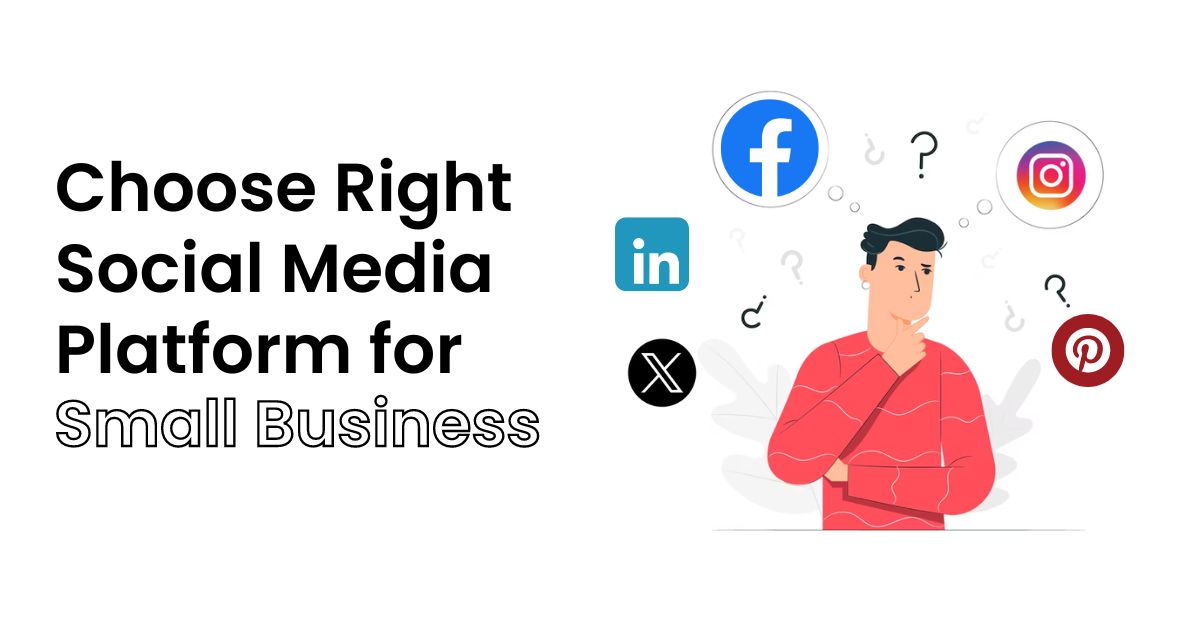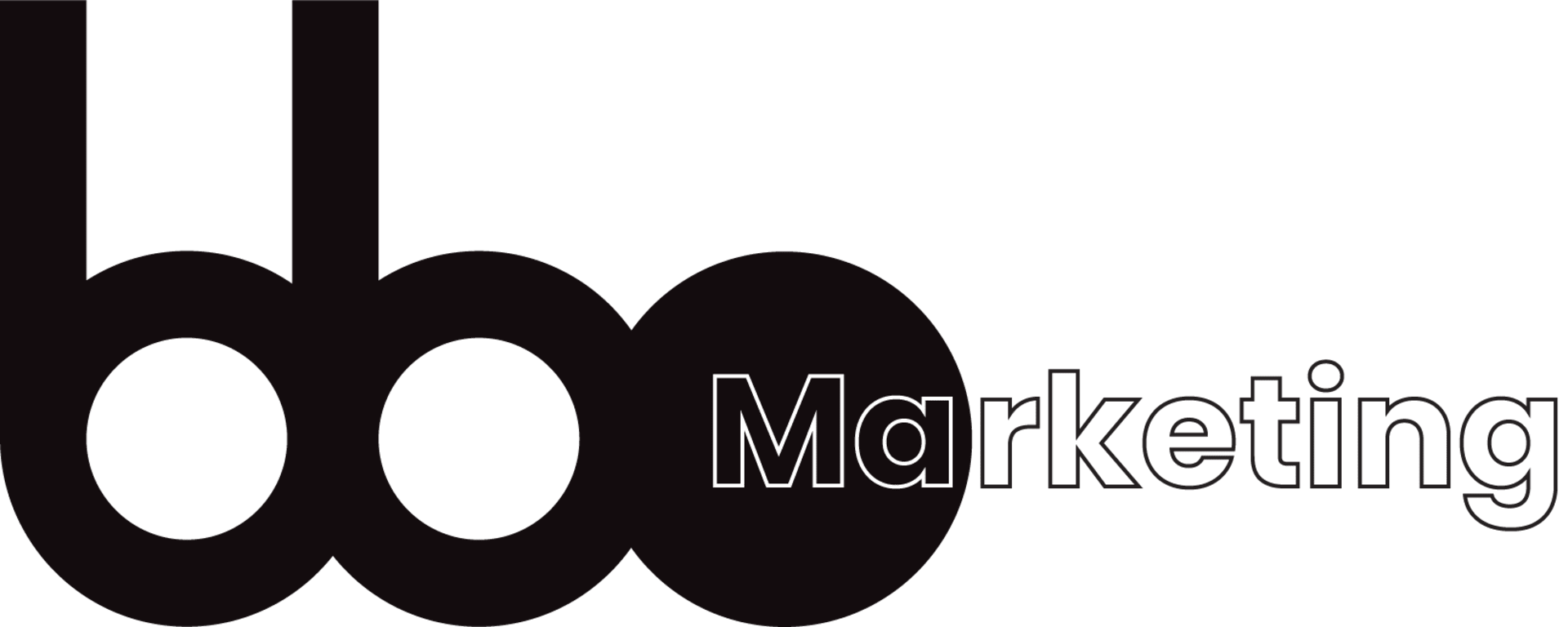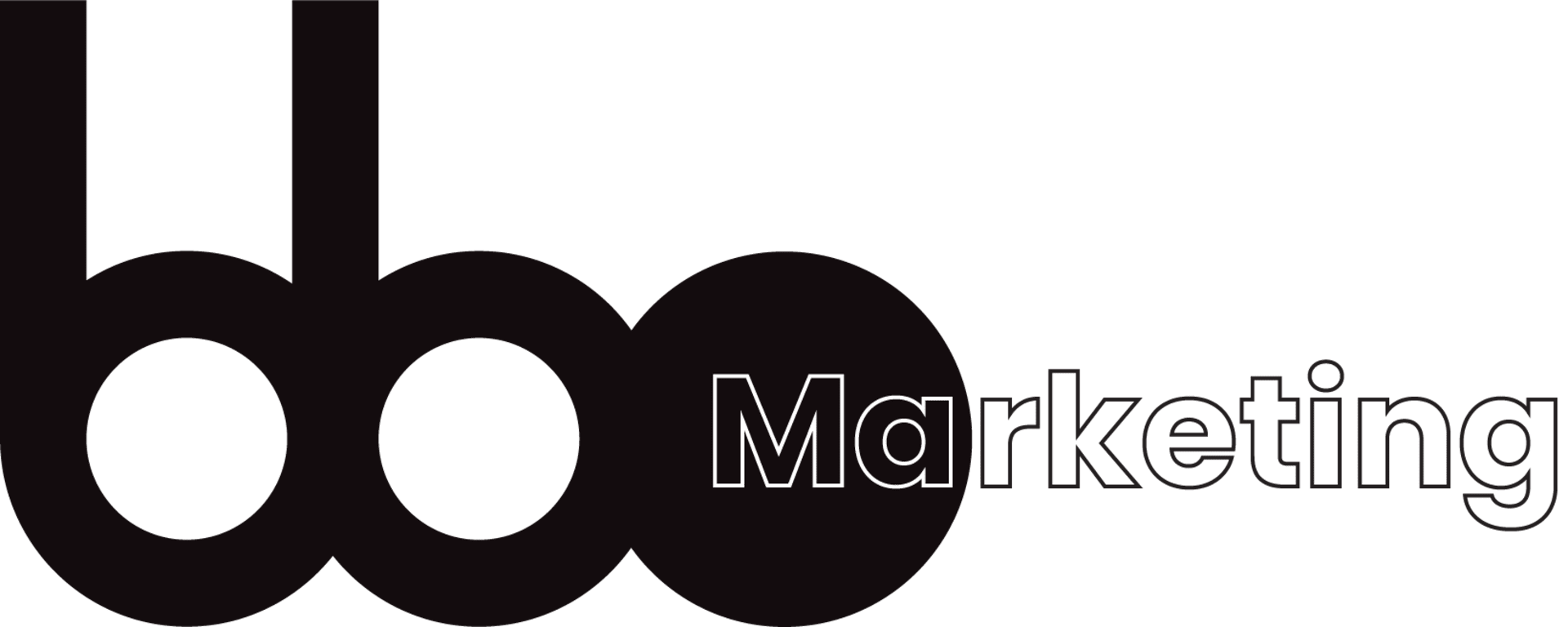
How to Choose the Right Social Media Platform for Small Business in 2025
Choosing the right social media platform for your business is more related to social media strategy or digital marketing strategy, rather than media planning.
Social media is now an important marketing tool for businesses of all sizes. Social Media Brand Management has become significant for small Businesses. It helps them increase their online visibility and connect with customers.
But with so many platforms out there, how do you choose the right social media platform for your small business? Let’s dive into the key factors to consider and look at the top social media sites for businesses in 2025.
Hello, my name is Bibin. I am a passionate marketer helping small businesses with their marketing. If you are someone who wants to know how to choose the right social media platform and grow yourself and your business, let’s have a chat!
See How BBO Marketing Can Drive More Sales to Your Small Business
Branding: Build a cohesive brand identity with our comprehensive services, including Brand Kit, Brand Management, and Social Media Branding.
Marketing: Drive traffic and engagement through SEO, Content Marketing, and Paid Media strategies that deliver measurable results.
Designing: Elevate your online presence with stunning Web Designing, intuitive UI/UX, and high-converting Landing Pages.
Contents
What Do the Statistics Say?
First, let’s look at some key social media stats that highlight which platforms are most popular with marketers:
- Facebook remains the top platform for B2C marketers, with 51% rating it as most important
- LinkedIn dominates for B2B, with 44% of marketers naming it their top platform
- YouTube and LinkedIn are where most marketers plan to increase investment in 2025
For small businesses specifically:
- 89% of marketers use Facebook for business purposes
- Instagram has become increasingly popular, used by 79% of small businesses
- TikTok is the fastest growing platform, with over 700 million downloads in the first 9 months of 2023
How to choose the right social media platform?
When selecting social media platforms for small business, keep these key factors in mind:
- Define Your Target Audience and Goals
- Research Where Your Audience Is Active
- Consider Your Content and Resources
- Analyze Your Competitors
ALSO SEE: Social Media Events Strategy for Small Business
Define Your Target Audience and Goals
Start by clearly outlining who your ideal customers are and what you want to achieve through social media for your small business. Are you looking to:
- Boost brand awareness?
- Drive website traffic?
- Generate leads and sales?
- Provide customer service?
- Build a community?
Knowing your objectives will help determine the best platforms to focus on.
Research Where Your Audience Is Active
Analyze which social sites your target demographic uses most. For example:
- Facebook reaches a broad audience but skews older
- Instagram and TikTok are popular with younger users
- LinkedIn is ideal for reaching professionals and B2B audiences
- Pinterest attracts a largely female audience
Use tools like Facebook Audience Insights. You can also run small test campaigns. This will help you learn where your audience is most active.
Understanding platform demographics is crucial for effective targeting. For instance, Gen Z dominates TikTok and Instagram, while Facebook appeals more to older adults. B2B companies often find success on LinkedIn.
To refine your approach, leverage platform-specific analytics tools and conduct small-scale test campaigns. This data-driven strategy ensures you’re investing time and resources where your audience is most receptive and engaged.
See How BBO Marketing Can Drive More Sales to Your Small Business
Branding: Build a cohesive brand identity with our comprehensive services, including Brand Kit, Brand Management, and Social Media Branding.
Marketing: Drive traffic and engagement through SEO, Content Marketing, and Paid Media strategies that deliver measurable results.
Designing: Elevate your online presence with stunning Web Designing, intuitive UI/UX, and high-converting Landing Pages.
Consider Your Content and Resources
Different platforms are better suited to certain content types:
- Visual content thrives on Instagram, TikTok, and Pinterest
- Short Video performs well on Instagram, YouTube, TikTok, and increasingly on all platforms
- Text and link sharing work well on Facebook, Twitter, and LinkedIn
- Professional/industry content is ideal for LinkedIn
Be realistic about the type and frequency of content you can produce with your available time and resources. Don’t spread yourself too thin across multiple platforms.
Also, focus on personal branding. Choose platforms that allow you to showcase your expertise and unique voice. Choose channels that match your brand identity. You could create thought leadership articles on LinkedIn or share reel content on Instagram.
Remember, authenticity resonates with audiences, so prioritize platforms where you can consistently deliver genuine, value-added content that reflects your brand personality.
Analyze Your Competitors
See which social channels your competitors are most active on and performing best. This can provide insights into where your audience engages.
Top Right Social Media Platform for Small Business in 2025
Let’s look at the key benefits of the top social platforms for businesses:
With over 3.065 billion monthly active users, Facebook offers:
- Huge potential reach
- Detailed ad targeting options
- Good for building community through groups
- Effective for both B2C and B2B
Facebook’s massive user base makes it ideal for reaching diverse audiences, especially those with high buying power. It’s particularly popular in countries like India (375 million users), the US (194.1 million), and Indonesia (117.6 million).
For maximum engagement, post on Wednesdays at 9 am or 3 pm. Interestingly, older users spend more time on Facebook, with those aged 30-64 averaging 45 minutes daily. In contrast, 18-24-year-olds spend about 22 minutes per day.
Facebook’s reach is impressive, with 56.76% of active internet users accessing it monthly. When you add other Facebook-owned platforms like Instagram and WhatsApp, the number rises to 73.7% of internet users each month.
Instagram boasts 2 billion monthly active users and is great for:
- Visual storytelling and branding
- Most of the users are obsessed with 90 seconds short videos called Instagram Reels
- Reaching younger audiences (majority under 45)
- eCommerce features like shoppable posts
- Influencer partnerships
Instagram’s 2 billion monthly active users make it a powerhouse for visual marketing. Particularly popular in India (385.35 million users), the US (166.15 million), and Brazil (135.05 million).
The platform reaches many internet users around the world. About 37.04% of active internet users access it regularly. Additionally, 35.21% of mobile phone users use it often.
Instagram’s appeal is strongest among younger demographics, with 78% of US adults aged 18-29 using the app. Usage decreases with age, dropping to just 15% for those 65 and older. Interestingly, Instagram is more popular in urban (53%) and suburban (49%) areas compared to rural regions (38%).
Education and income matter too. People with college degrees and those who earn over $100,000 a year use it more.
Globally, the gender split is fairly even, with 52.4% male and 47.6% female users. Younger users are the most engaged. Those aged 18-24 spend an average of 53 minutes on the app each day. In contrast, users who are 65 and older spend only 20 minutes.
The top B2B platform with 424 million users, LinkedIn excels at:
- Professional networking
- Thought leadership content
- B2B lead generation
- Recruiting talent
LinkedIn stands out as the premier platform for B2B marketing and professional networking. With 96% of B2B marketers using the platform, it’s no wonder that 77% report seeing the best organic results here.
The LinkedIn is effective because it helps drive business decisions. Three out of four LinkedIn users are in decision-making roles. Its global reach is impressive. It is available in 26 languages.
The US generates 30.84% of web traffic. India follows with 7.18%.
LinkedIn’s trustworthiness is unparalleled, ranking as the #1 most trusted platform by brands. This trust leads to real results. Ads on LinkedIn are six times more likely to convert. Also, 59% of brands seem “higher quality” after advertising on the platform.
The platform’s effectiveness extends to engagement, with marketers seeing up to 2x higher conversion and engagement rates. LinkedIn has 67 million companies listed and 2.7 million business pages posting each week. It is now a key place for B2B interactions. About 40% of users engage with business pages every week.
YouTube
With 2.49 billion active users, YouTube offers:
- Massive reach and search visibility
- Long-form video capabilities
- Ad revenue sharing potential
- Integration with Google’s ad network
YouTube’s global reach is staggering, with over 2.49 billion monthly active users, including 80 million paid subscribers. This means that just over a third of the world’s population, or 47% of all internet users, visits YouTube every month. Available in over 100 countries and 80 languages, YouTube truly is a global platform. India leads in audience size with 462 million users, representing 38.4% of its adult population.
Demographically, YouTube shows interesting trends. In the US, there’s a slight female majority (51.4%), while globally, male users dominate at 54.4%.
More than half (50.6%) of YouTube users are Gen Z and Millennials. Only 15% of US users are Baby Boomers.
YouTube has a diverse user base. It connects with Google’s ad network, which helps businesses earn ad revenue.
This makes YouTube a strong tool for companies. They can reach a large, global audience through video content.
TikTok
The fastest-growing platform with 1.2 billion active users is ideal for:
- Reaching Gen Z and Millennial audiences
- Viral, entertaining short-form video
- Behind-the-scenes and authentic content
- Lower ad costs (for now) compared to other platforms
Twitter (now X)
Though facing some challenges, Twitter’s 550 million users make it valuable for:
- Real-time updates and trending topics
- Customer service
- Networking and relationship building
- Driving traffic to your website
With 465 million users, Pinterest works well for:
- Visual discovery of products/services
- Driving traffic to websites/online stores
- Reaching a largely female audience
- DIY, home decor, fashion, and food niches
With over 430 million monthly active users, Reddit is a goldmine for:
- Niche communities and discussions
- Engaging with highly active, interest-based groups
- Organic marketing through AMAs (Ask Me Anything)
- Driving traffic to blogs and websites
Reddit users value authenticity, so direct promotions aren’t as effective. Instead, businesses succeed by offering value-driven content within relevant subreddits.
Instagram Threads
Meta’s Twitter competitor, Instagram Threads, has quickly grown to 130 million users and is useful for:
- Engaging in text-based discussions
- Sharing quick updates and thoughts
- Building brand personality through conversational content
- Complementing Instagram marketing efforts
Threads is still evolving, but it offers a less cluttered space for businesses to connect with audiences in a text-first, image, and video format.
I know many people, especially freelancers, use Threads to generate business, clients, and income. Most of them are from diverse fields.
See How BBO Marketing Can Drive More Sales to Your Small Business
Branding: Build a cohesive brand identity with our comprehensive services, including Brand Kit, Brand Management, and Social Media Branding.
Marketing: Drive traffic and engagement through SEO, Content Marketing, and Paid Media strategies that deliver measurable results.
Designing: Elevate your online presence with stunning Web Designing, intuitive UI/UX, and high-converting Landing Pages.
Wrapping Up
No one-size-fits-all approach exists for social media marketing. The right mix of platforms for your small business will depend on your unique audience, goals, and resources. Start by thoroughly researching your options and audience preferences. Then choose 2-3 platforms to focus on initially.
Test and measure your results, adjusting your strategy as you learn what works best for engaging your target customers. Remember – it’s better to excel on a couple of key platforms than to spread yourself too thin trying to be everywhere at once.
With a smart plan, social media can help small businesses grow. It is a cost-effective way to increase brand awareness and connect with customers in 2025 and beyond.

